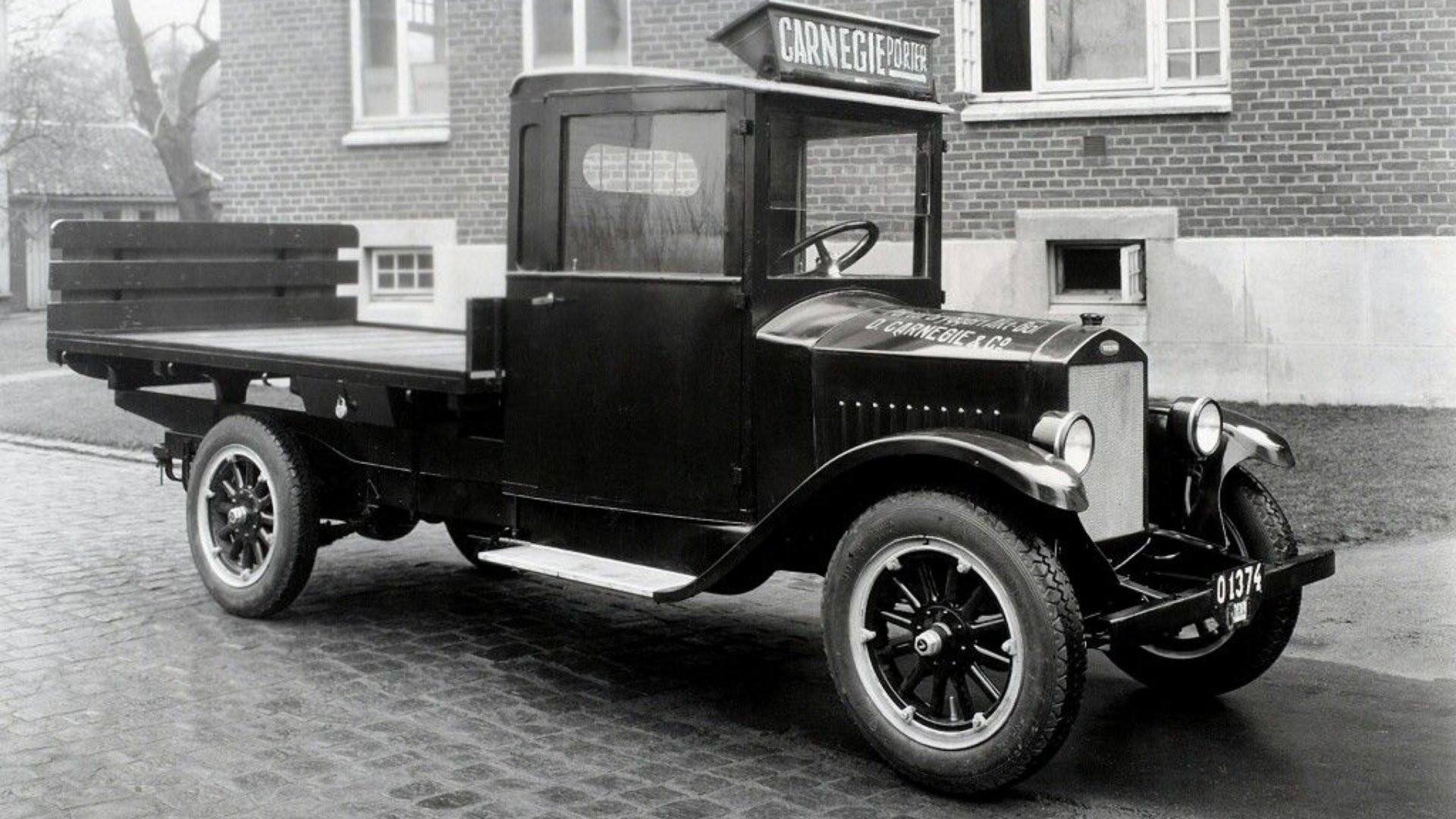
The moment today becomes yesterday; It also becomes history. And the longer the story, the more to tell. 1927 marks the starting point of Volvo cars. Volvo started making cars because they believed nobody else was making them strong enough or safe enough for Swedish roads. Since then, a steady stream of Volvo models has seen the light of day from Volvo plants.
On the morning of 14 April 1927, the first Volvo car drove out through the factory gates in Gothenburg on the west coast of Sweden. The car was officially called the ÖV4 and it was an open tourer with a four-cylinder engine. The world’s first Volvo was ready to hit the road. Volvo only manufactured 280 cars that year. In January 1928, the “Series 1”, first ever truck built by Volvo debuted and received immediate success whilst also attracting attention from outside the country. Prosperity came quickly, and Volvo started manufacturing more cars as the years passed by. In 1930, they managed to sell 639 cars and the export of trucks to Europe also started soon after. The cars did not become well known outside Sweden until after World War II.
The name Volvo was derived from the Latin word “Volvere” which was conjugated to “I roll”. The brand name Volvo was originally registered as a trademark on 11 May 1911 with the intention to be used for a new series of SKF ball bearings. The idea was transient, and SKF decided to simply use its initials as trademark for all its products. However, it was in 1915, Volvo was established as a subsidiary of SKF. Assar Gabrielsson, an SKF sales manager, and a KTH Royal Institute of Technology educated engineer Gustav Larson decided to start construction of a Swedish car in 1924. They intended to build cars that could endure the rigors of the country’s rough roads and cold temperatures. AB Volvo began work on 10 August 1926 and after one year of preparations which also involved the production of ten prototypes, the firm was ready to begin the car-manufacturing business within the SKF group. The Volvo Group itself considers it started in 1927, when the first car, a Volvo ÖV4, rolled off the production line at the factory in Hisingen, Gothenburg.
AB Volvo was introduced at the Stockholm Stock Exchange in 1935 and SKF then decided to sell its shares in the company. By 1942, Volvo acquired the Swedish precision engineering company Svenska Flygmotor which was later renamed as Volvo Aero. The first bus named “B1” was launched in 1928 and aircraft engines were added to the growing range at the beginning of the 1940s. The Volvo PV444 passenger car which was presented in 1944 entered production I n1947. It was the smallest Volvo and yet it took the lion’s share of Volvo production, while also expanding their business into the American market. The first of the Volvos were seen in the US in 1955, after Leo Hirsh, a hardware wholesaler, started distributing cars in California. Later, Texas was added and in 1956 Volvo themselves started importing cars to the US. The main outlet of Volvo has been North America ever since. In 1963, Volvo opened the Volvo Halifax Assembly plant, the first assembly plant in the company’s history outside of Sweden in Halifax, Canada.
With an impressively rich history, Volvo cars continue to better themselves, while also keeping the need of the hour in mind. In early 2021 the company announced plans to completely stop selling fossil fuel-based cars by the year 2030, switching to electric-powered cars instead. The plan includes phasing out fossil-fuel-only cars by 2025, manufacturing by that time only electric cars or hybrids.

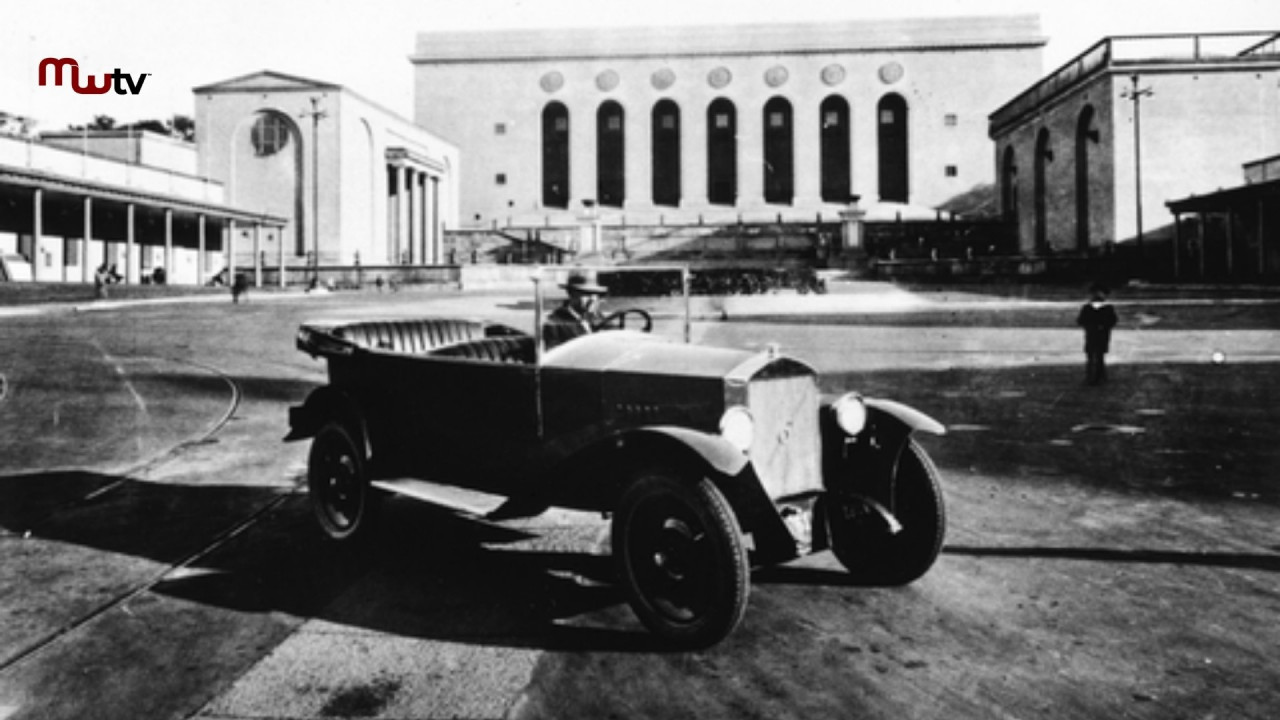
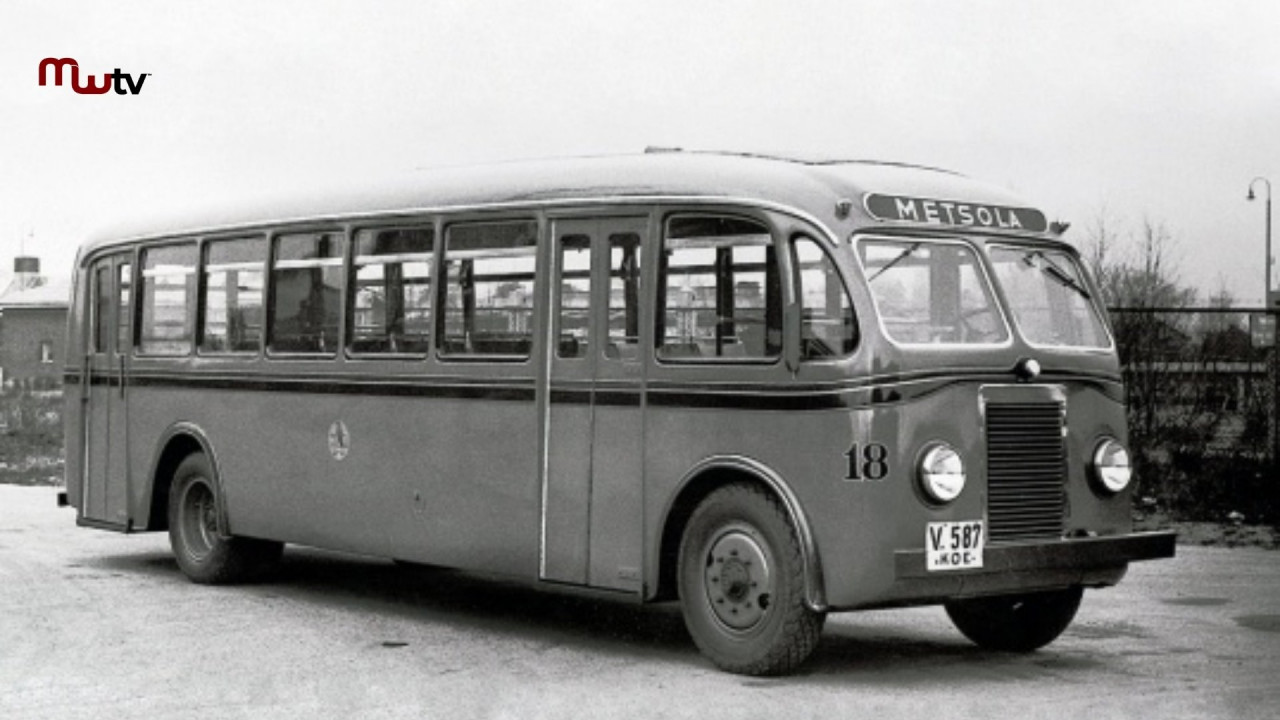

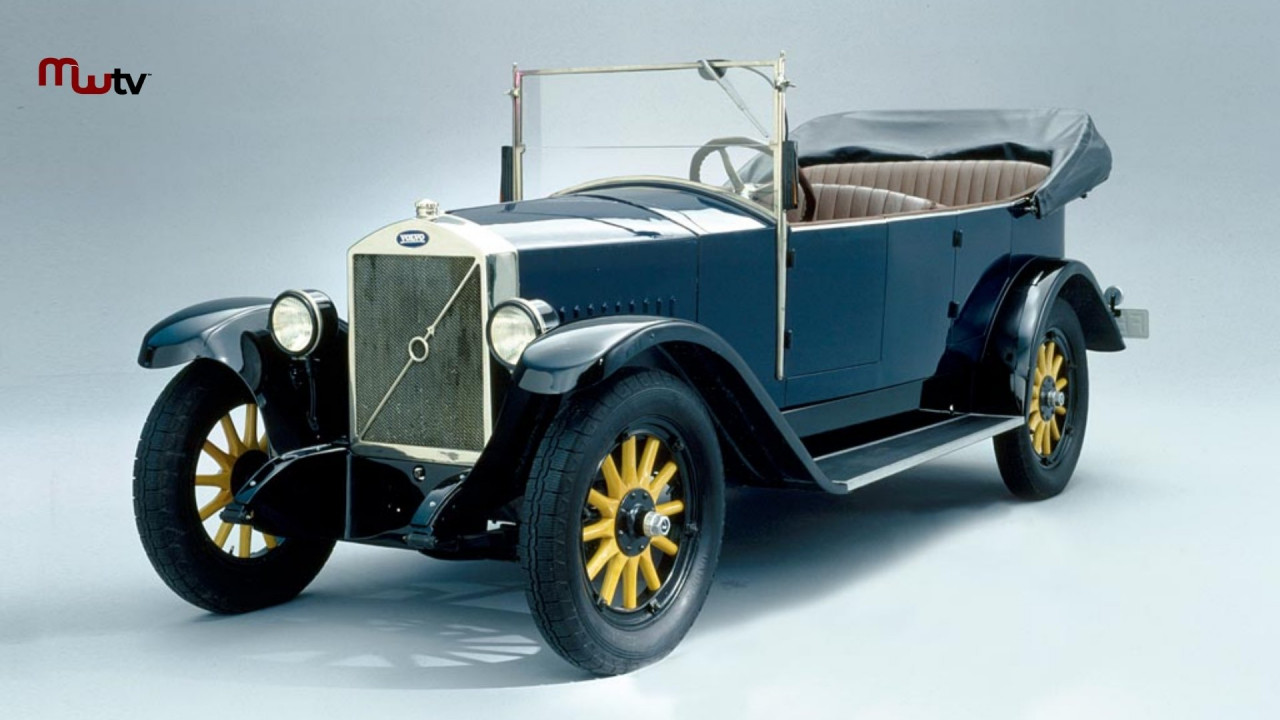





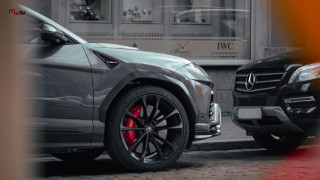

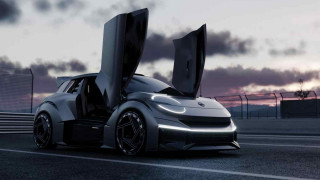
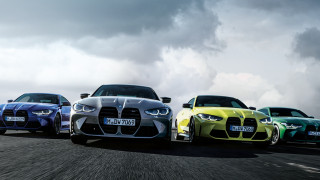
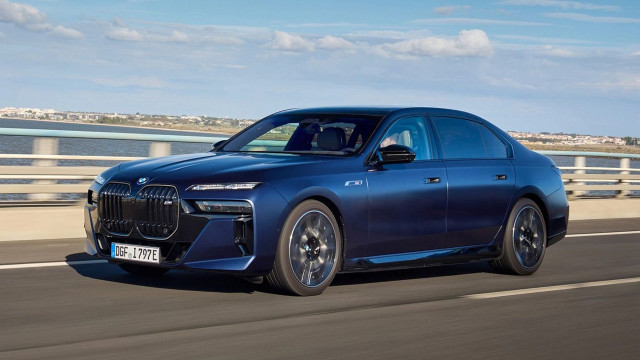



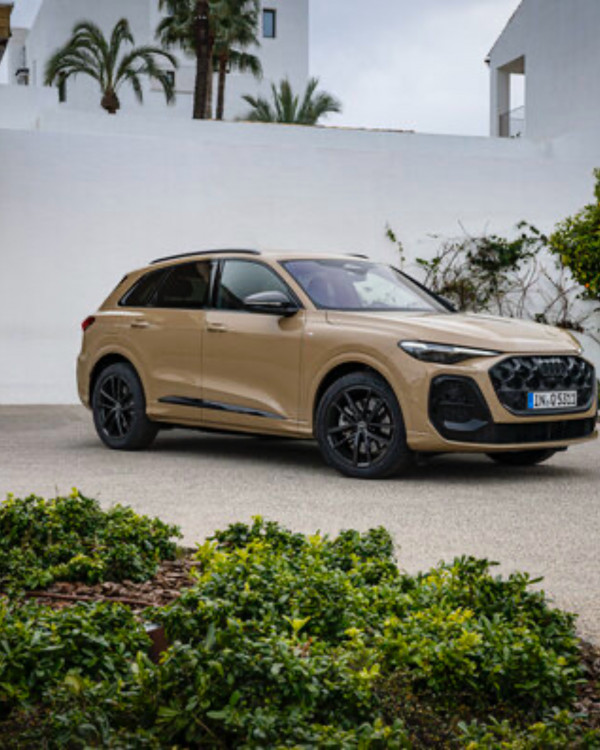


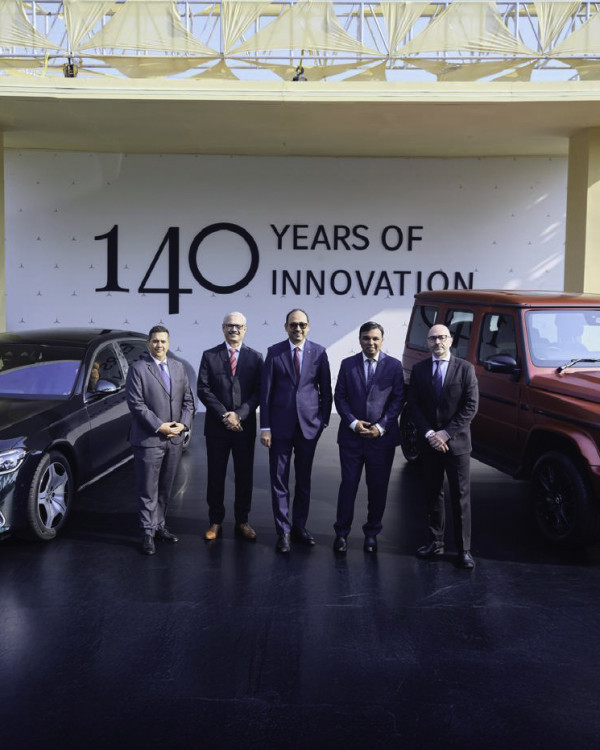
Your comment will be verified by admin before going live